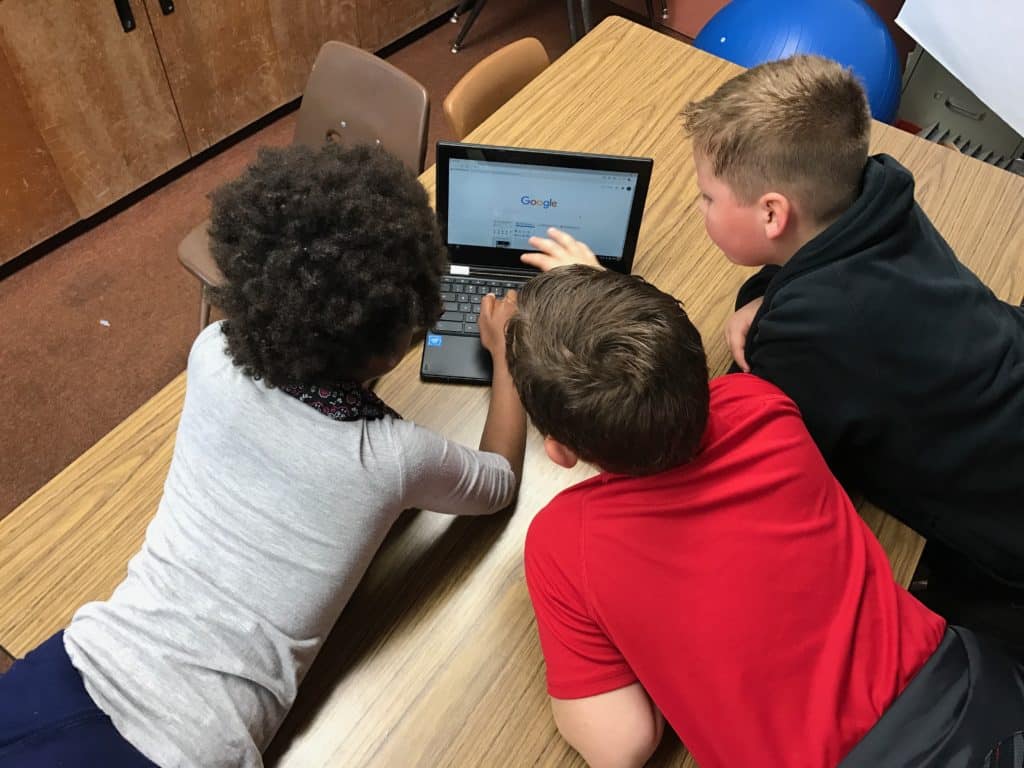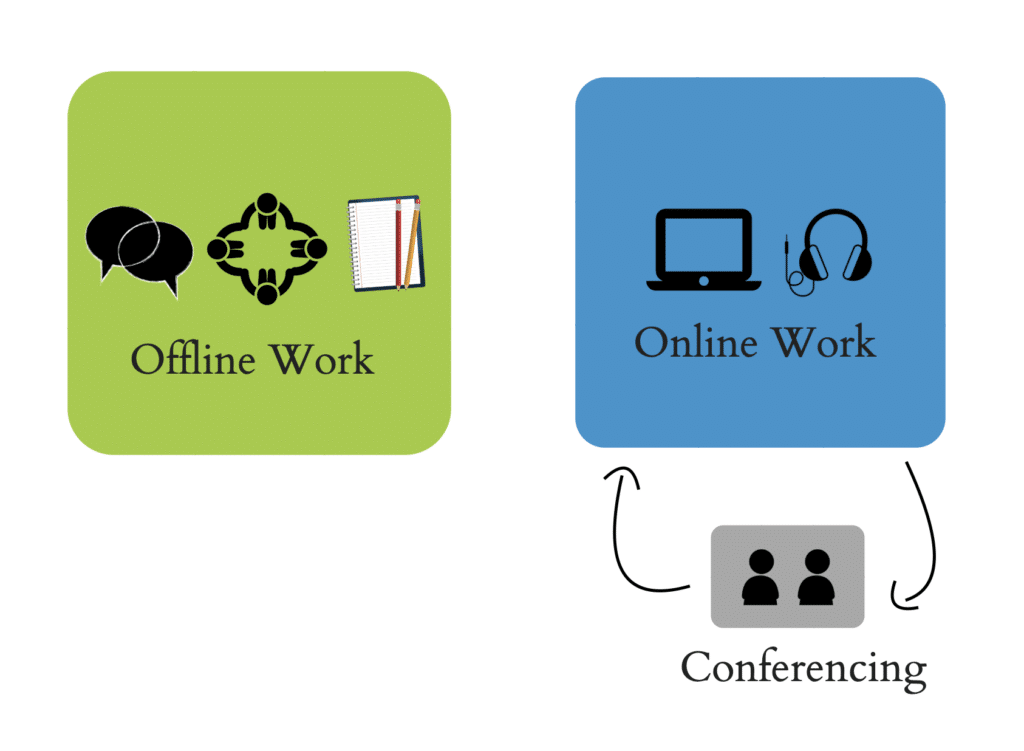In the last few months, I have read several articles about increasing pushback against the use of technology in schools. The Atlantic published a piece called “The Backlash Against Screen Time at School,” The Guardian published an article titled “Children are Tech Addicts – and Schools are the Pushers,” and The New York Times published “Human Contact Is Now a Luxury Good.” As a technology and blended learning enthusiast, I’ve thought a lot about why there is growing concern about the use of technology in schools. In part, I can understand the fears articulated in each of these articles because I see some serious problems with the way technology is being used in schools.
#1 Technology is often used to isolate learners.
I want educators to use technology to foster collaboration and encourage exploration. Just because a school is 1:1 and every child has a device does not mean they need to work on that device alone. I realize computer programs and adaptive software are extremely easy to use and allow teachers to personalize practice for students, but we cannot neglect the importance of human interaction in the learning process. I wish I saw more scenes in classrooms like the image below.

#2 There is a lack of balance between online and offline work.
Quite frankly, too many kids spend too much time staring at screens and not enough time engaging in social learning with their peers. I have been an observer in classrooms where the computers are always open. All of the information students need to complete tasks is posted online. All of their work is submitted digitally. In the rare moments when students are working offline, computers remain on desks and are obstacles to interaction.

#3 Too often computers relegate students to a passive, consumptive role instead of encouraging playful learning and creation.
In a piece titled “Computer as Paint Brush: Technology, Play, and the Creative Society,” Mitchel Resnick talks about the need to reimagine the ways in which we use computers. People view computers primarily as information machines, but Resnick makes the point that computers should be used “less like televisions and more like paint brushes.” I could not agree more. Computers can be powerful tools for play, exploration, experimentation, design, invention, and creation. Students should be encouraged to learn playfully using computers as creative tools.

If technology was used to encourage social learning, foster collaboration, and nurture creativity in the classroom, I believe more people would be excited about and supportive of technology in education.


4 Responses
Hi Caitlin, I agree with a lot of what you are saying in your blog post. There are some classes that isolate learners from others by using technology and the laptop or IPad is open the entire class. I have been guilty of it too sometimes. It is so convenient to put certain assignments or assessments online that we forget that they may not be interacting with one another. I have some learners who come into my class and the first thing they do is open their laptop even if I don’t tell them too. I’m learning to find a balance of technology and in person collaboration. Some online tools I use are not like Google Docs and they HAVE to share a laptop in order to work together. Thanks for sharing your blog.
[…] a recent post, titled “Using Computers in the Classroom: Shifting from Consumption to Creation,” she shares ideas on using technology to create purposeful opportunities for learning in […]
[…] a recent post, titled “Using Computers in the Classroom: Shifting from Consumption to Creation,” she shares ideas on using technology to create purposeful opportunities for learning in […]
Combining technology with hands on activities maintain student engaged and interested on the task.